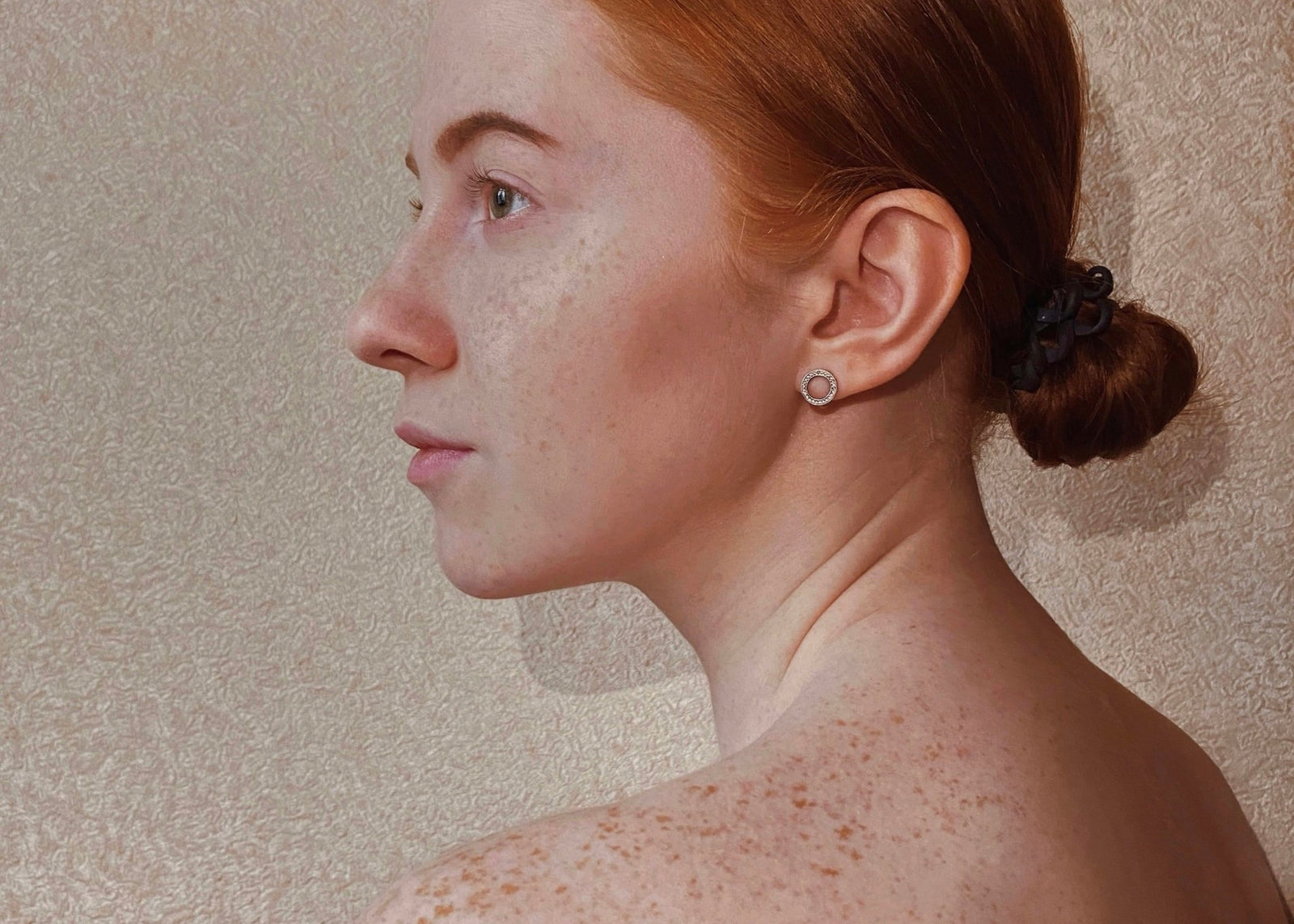
How to Shop for the Best Face Mask For Rosacea
Rosacea is a common skin condition that causes redness and visible blood vessels in your face. It can be a source of discomfort and self-consciousness for many. However, the right face mask can help soothe and manage this condition. But with a plethora of products on the market, how do you choose the best one? This guide will walk you through the process of selecting the perfect face mask for rosacea.
Understanding Rosacea
Before we delve into the specifics of shopping for a face mask, it's important to understand what rosacea is and how it affects your skin. Rosacea is a chronic, inflammatory skin condition that primarily affects the face. It's characterized by redness, swelling, and sometimes small, red, pus-filled bumps. The cause of rosacea is unknown, but it's thought to be a combination of hereditary and environmental factors.
There are four types of rosacea, each with its own set of symptoms. These include erythematotelangiectatic rosacea (ETR), which is characterized by redness and flushing; papulopustular rosacea, which causes breakouts similar to acne; phymatous rosacea, which results in thickened skin; and ocular rosacea, which affects the eyes. Knowing your type of rosacea can help you choose the most effective face mask.
Ingredients to Look for in a Face Mask for Rosacea
When shopping for a face mask for rosacea, the ingredients list is a crucial place to start. Certain ingredients can help soothe and reduce the symptoms of rosacea, while others can exacerbate the condition. Here are some ingredients to look for:
Natural and Sustainable Ingredients
One of the best ways to care for your skin and the planet is by choosing products with natural and sustainable ingredients. These ingredients are typically gentler on the skin and less likely to cause irritation. Plus, they're better for the environment because they're renewable and biodegradable.
Some natural ingredients that are beneficial for rosacea include chamomile, green tea, and oatmeal. Chamomile has anti-inflammatory properties that can help reduce redness and swelling. Green tea is rich in antioxidants that can help protect the skin from environmental damage. Oatmeal is a soothing ingredient that can help calm irritated skin and reduce itchiness.
Hydrating Ingredients
Rosacea can often cause the skin to become dry and sensitive. Therefore, it's important to look for hydrating ingredients in a face mask. Hyaluronic acid is a powerful humectant that can attract and hold onto water, helping to hydrate and plump the skin. Glycerin is another hydrating ingredient that can help lock in moisture and protect the skin's barrier.
Other hydrating ingredients to look for include aloe vera, which can soothe and hydrate the skin, and ceramides, which can help strengthen the skin's barrier and prevent moisture loss.
Ingredients to Avoid in a Face Mask for Rosacea
Just as there are ingredients to look for in a face mask for rosacea, there are also ingredients to avoid. These ingredients can irritate the skin and exacerbate the symptoms of rosacea. Here are some ingredients to steer clear of:
Harsh Exfoliants
While exfoliation can be beneficial for many skin types, it can be too harsh for those with rosacea. Ingredients like alpha hydroxy acids (AHAs), beta hydroxy acids (BHAs), and physical exfoliants can irritate the skin and cause redness and inflammation. Instead, opt for gentle exfoliants like lactic acid or enzymes.
Fragrances and Dyes
Fragrances and dyes are common culprits of skin irritation. They can cause allergic reactions and can exacerbate the symptoms of rosacea. When shopping for a face mask, look for products that are fragrance-free and dye-free.
How to Test a Face Mask for Rosacea
Once you've found a face mask that meets all the criteria, it's important to test it out before using it regularly. Here's a step-by-step process to do so:
- Apply a small amount of the face mask to a patch of skin on your inner forearm.
- Wait for at least 24 hours to see if any redness, itching, or swelling occurs.
- If you experience any adverse reactions, discontinue use. If not, the face mask is likely safe to use on your face.
Remember, everyone's skin is different. What works for one person may not work for another. It may take some trial and error to find the best face mask for your rosacea. But with patience and the right information, you can find a product that helps soothe and manage your condition.













